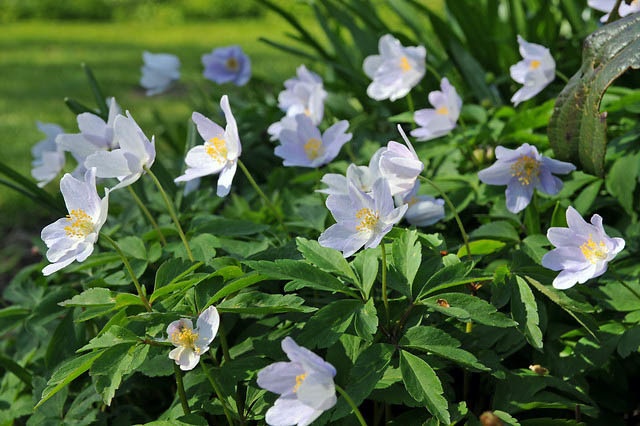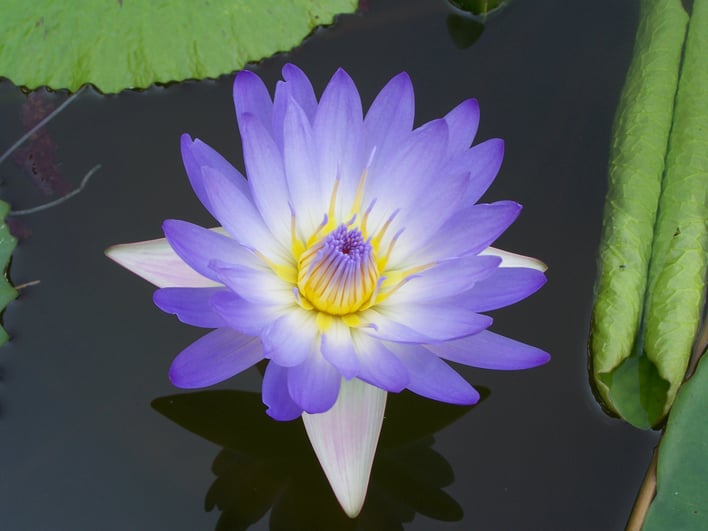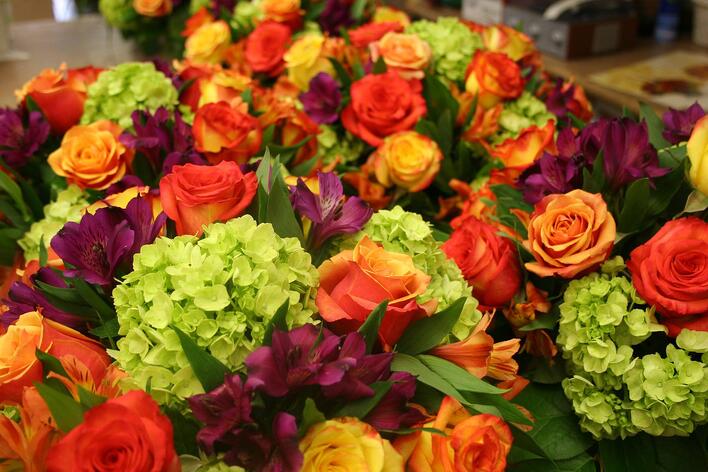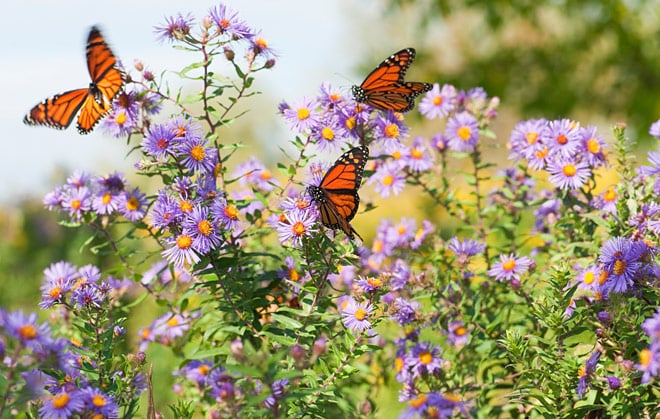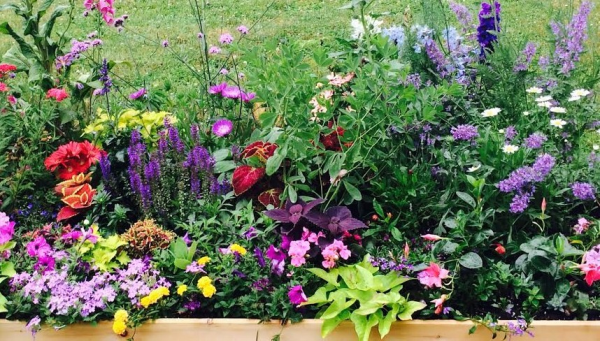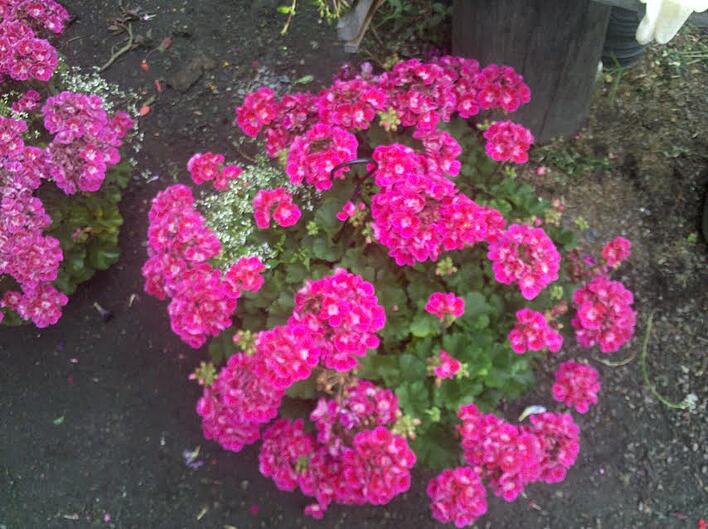The yucca plant originated in the hot dry areas of the Americas and the Caribbean. It is an incredibly resistant plant which can adapt to pretty much any climate; it is becoming more and more popular as a garden or indoor addition, thanks to the fact that it is easy to care for, beautiful and has various uses, such as being a powerful air cleaner.
There are around 40 species of yucca and around 24 subspecies, so there are a variety of shapes, sizes and colors to choose from to display your plant and floral personality and style.
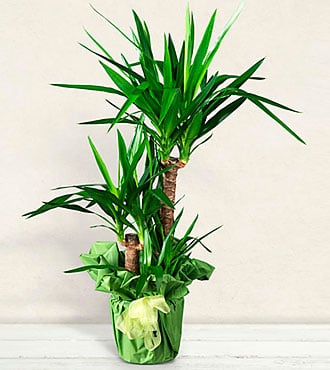
photo via ftd.com
Tips for Growing Your Yucca Indoors
A yucca plant inside can add a wonderful focal point to your living room or be part of an interesting indoor display. They are easily adaptable so they are perfect for displaying indoors as well as outdoors, although indoor yucca plants are usually smaller in size. As more than 40 species of yucca exist, coloration can vary greatly: they can range from the classic green to bluish with variegations of white, cream and yellow and delicate beautiful flowers.
Yucca plant care is simple and straightforward; yuccas grow on large woody stems or canes do not require much attention. The ideal placement is in a sunny to partly shaded location; indirect light greatly helps leaf color, as full exposure to sunlight might cause browning tips or white spots on the leaves.
Yucca plants, both indoors and outdoors, require little water and are actually drought tolerant to some extent. A light fertilization can help the plant grow when it is being grown in container, but it is not necessary for plants which are already established. Soil quality doesn't really matter but it should be heavy enough to maintain the plant upright and well-draining. Aim for a three to one mixture of sand and peat to grow yucca effectively in containers.
The Many Uses of Yucca Plants
Yucca plants are not only a stylish indoor addition but also have many surprising uses.
The yucca is one of the top-rated air cleaning plants which can remove toxins from the air, according to an important NASA study.
The yucca is also edible, especially certain species such as the banana yucca and the soapweed yucca, which produce succulent flowers and fruit. The roots are also edible; although they do not taste as good as the fruit and flowers, they are natural anti-inflammatories.
Yuccas can help you with your washing and beauty routine as well. In fact, it is a key ingredient in natural shampoo and the Native Americans used the roots and trunk of the soaptree yucca (yucca elata) to make soap to wash hair and clothes. It can be quite easy, not to mention satisfying to make your own yucca soap at home! Yucca is also a wonderful skin salve, as it nurtures cuts and scrapes.
According to the Native Americans, a yucca symbolizes transmutation, protection and purification. With its many uses, beautiful flowers and stylish look, a yucca can be the perfect low maintenance addition to your living room.
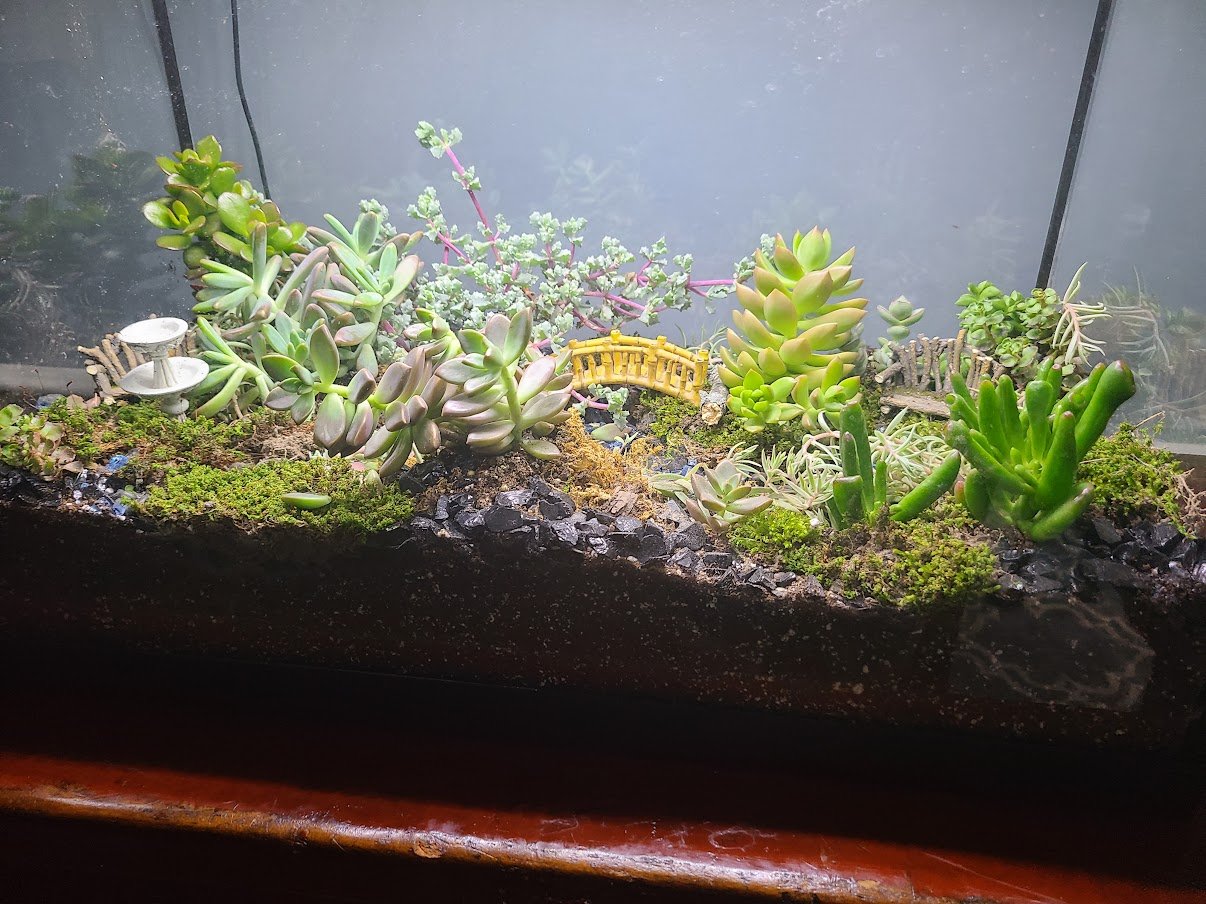

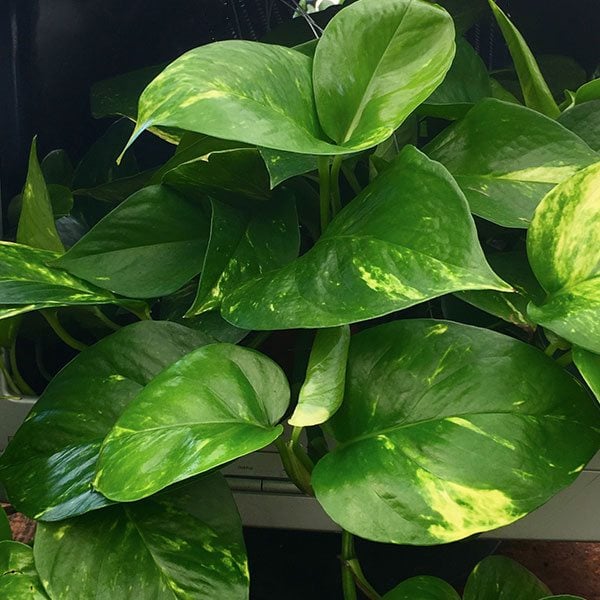

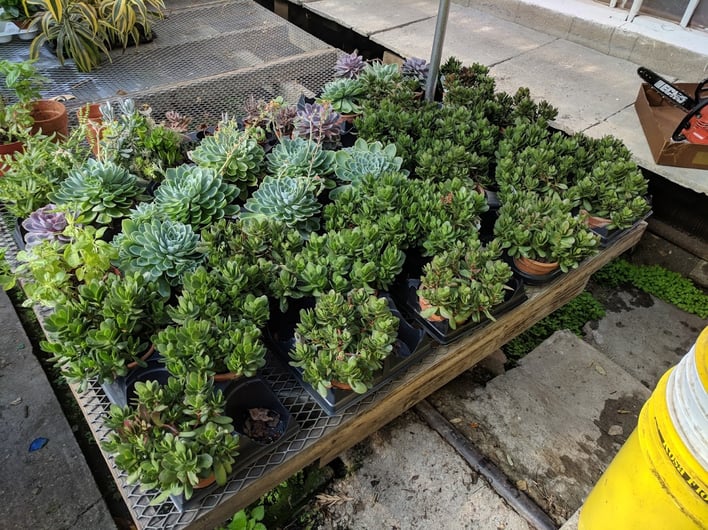


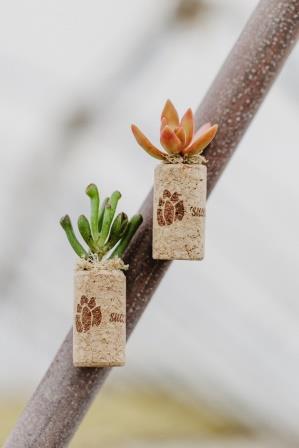 photo credit: arizonaeast.com
photo credit: arizonaeast.com